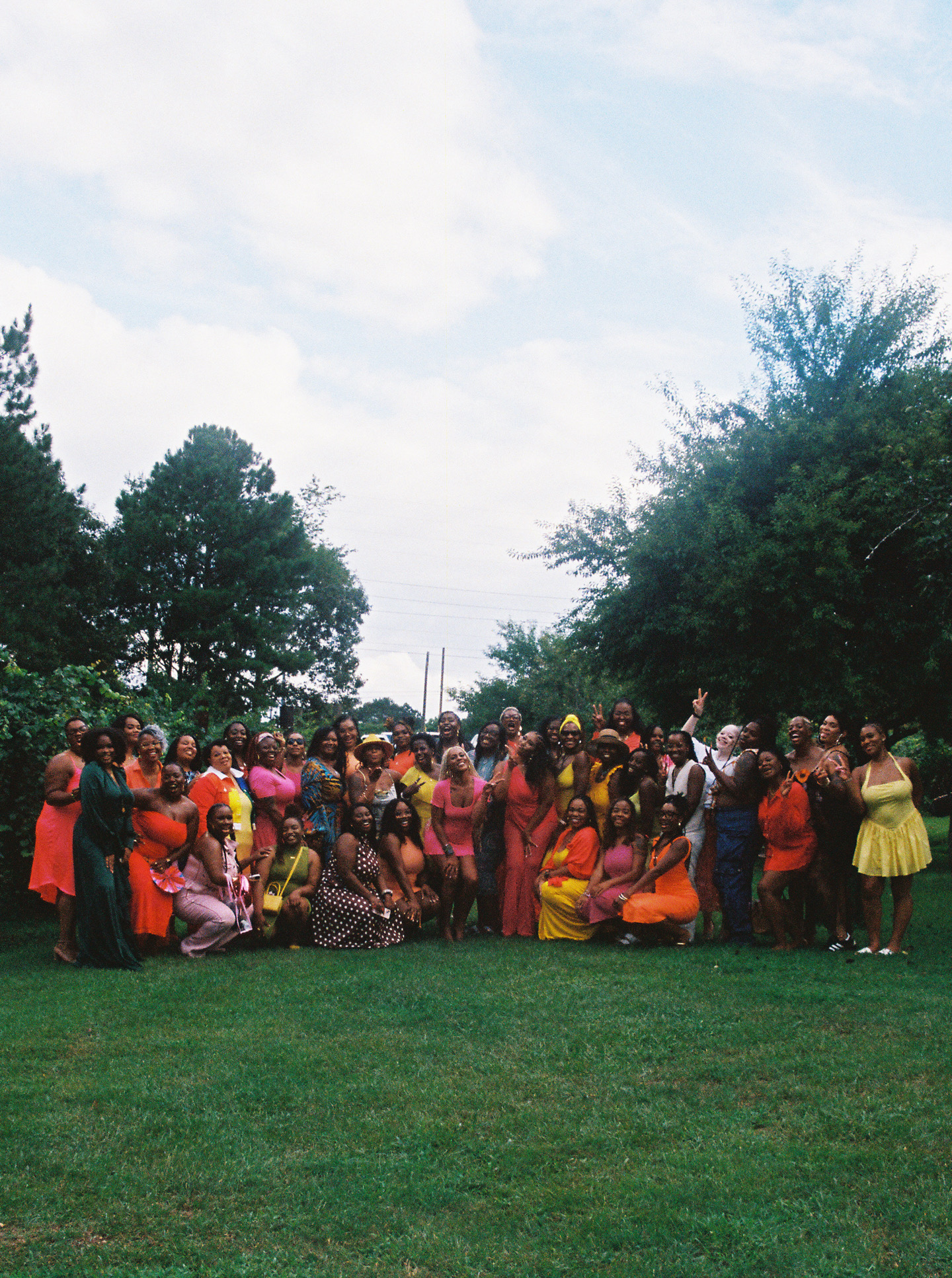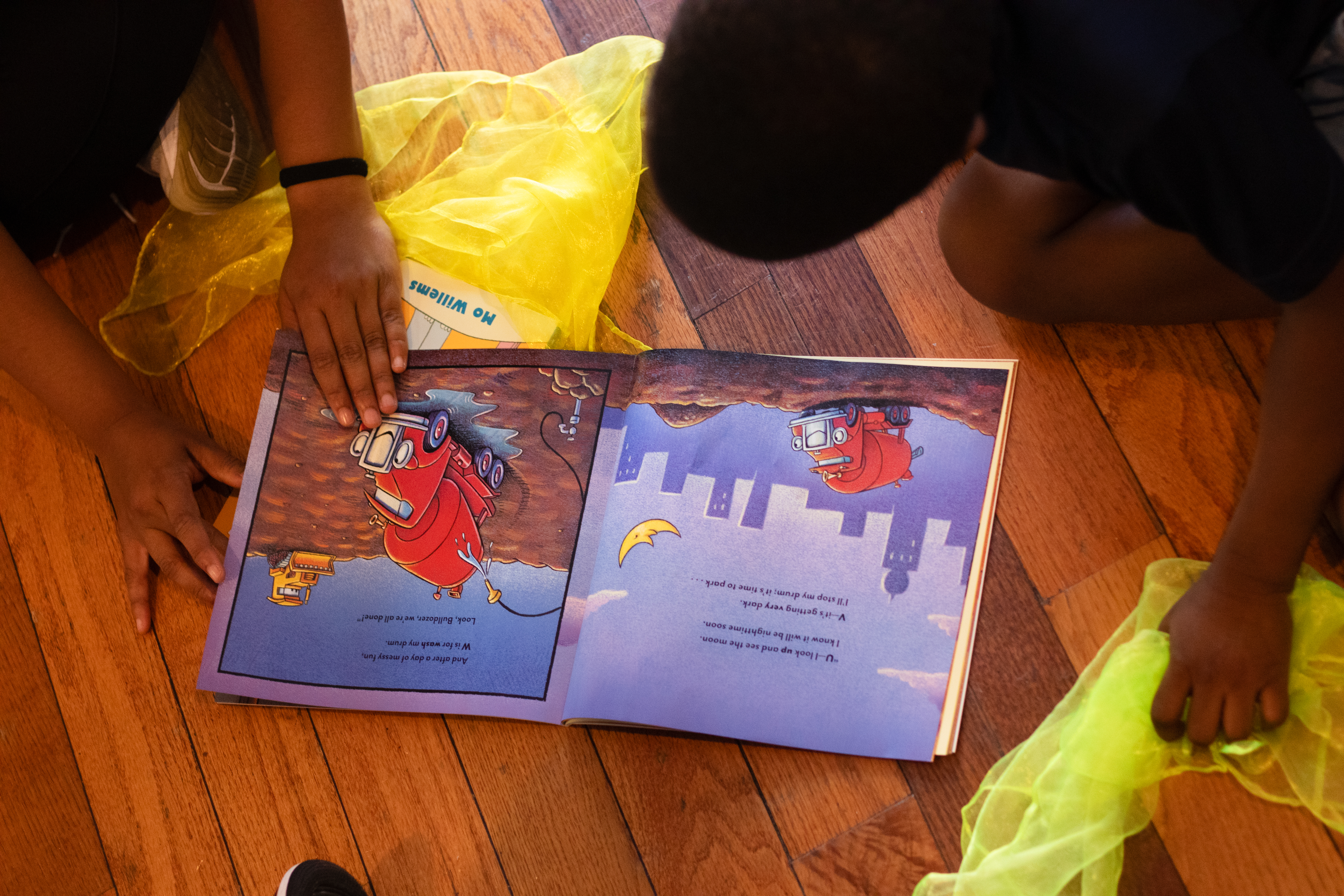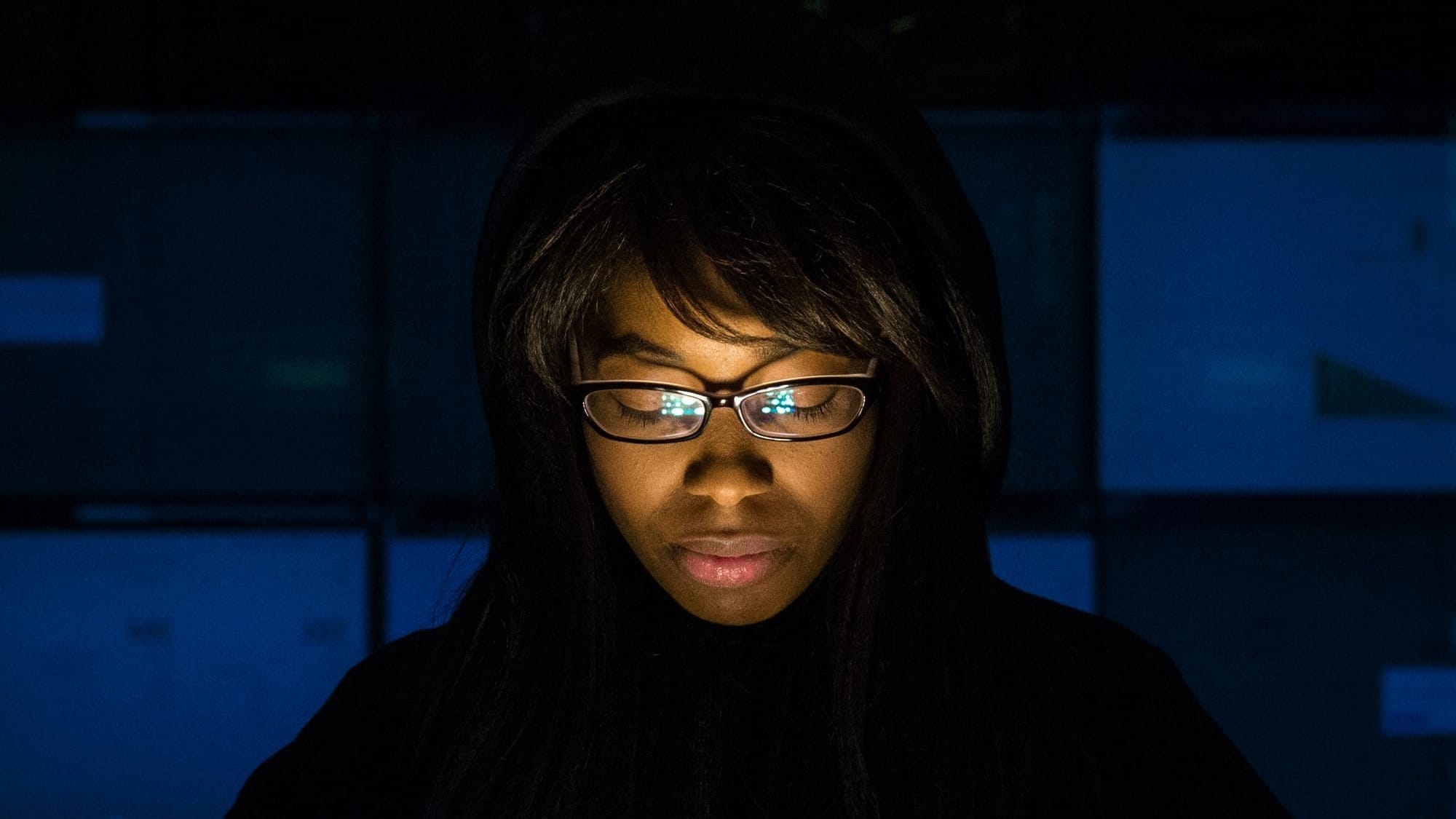Barriers to Learning: Black Children and the Unequal Education System in 19th-Century Philadelphia
In the 1800s, Philadelphia was the epicenter of the creation of the public school system as we know it today. Unfortunately, even though Pennsylvania was part of the Union, the state was still at the forefront of upholding white supremacy and racism regarding educating Black children.
In the 1800s, Philadelphia was the epicenter of the creation of the public school system as we know it today. Unfortunately, even though Pennsylvania was part of the Union, the state was still at the forefront of upholding white supremacy and racism regarding educating Black children. An article titled Delay and Neglect: Negro Public Education in Antebellum Philadelphia, 1800–1860, written by Harry C. Silcox, chronicles how white supremacy—as a conscious and foundational building block of our country—evolved into an unconscious system that still hinders educational growth in the United States.
From its inception, the U.S. public school system was designed for poor white children, which is incredibly on brand. But what many don’t realize is that even during a time when white supremacy and slavery were widely accepted, there were people who rejected this rhetoric—namely, members of the predominantly Quaker Pennsylvania Abolition Society. This opens the door to an interesting conversation about what it means when we dismiss injustice as “a sign of the times.”
In 19th-century Philadelphia, the Pennsylvania school laws of 1802, 1809, 1812, and 1819 explicitly included the advancement and education of poor Black children. Yet the people assigned to allocating funding, maintaining schools, and overseeing the growth and expansion of a free public education system for everyone in the United States made concerted choices not to implement those laws. When petitioned by the Pennsylvania Abolition Society to enforce them, the two governing bodies—the Directors and the Controllers—passed the responsibility back and forth, each claiming it was the other’s job. Meanwhile, national politics played a role: the Union and Confederacy were balanced, with 11 states each, and the proposed induction of Missouri as a Confederate state threatened to tip that balance. Leaders feared that prioritizing Black education would provoke white constituents and push the country further toward Confederate ideology.
After three years of complete disregard and Missouri’s subsequent induction into the country as a slave state, the Commonwealth of Pennsylvania decided it should commit to creating schools for “indigent coloured people” and uphold the Pennsylvania school laws of the early 19th century. We would like to believe this came out of sheer benevolence. Sadly, it came to be because urban leaders began recognizing the importance of educating an entire society and the impact that could have on the prosperity of society as a whole.
The truth is, the decision to educate poor Black children stemmed from a few key pressures. The first is the illusion of “peace” the United States had found, which would be shattered 40 years later by the start of the American Civil War. Next, the boom of the Industrial Revolution impacted white students’ general desire to go to school. Many parents wanted their kids to head to the factories and make money. Finally, for the first time in history, they would create and push the narrative that Black people were disproportionately engaging in criminal activity. By highlighting a single Black perpetrator in a series of six robberies, officials claimed that education would reduce criminality. While they were correct in that notion, the racism behind how they got to that conclusion is deeply immoral.
What followed was the creation of segregated schools that were deliberately underfunded and unequipped. School buildings, teachers, and curriculums were subpar compared to those for white students.
Sound familiar? It was the original “separate but equal.” When new schools were built for white children, Black students were moved into the older, crumbling buildings. This was Northern racism in action: “You can grow and prosper, but away from me,” in contrast to Southern racism, which says, “You can be near me, as long as you don’t surpass me.”
What’s worse is that when white educators performed well in schools for Black children, they were removed and placed in white-serving schools. That raises glaring questions: How many white educators requested to stay in the schools for Black children? How many denied the promotion of moving to a white-serving school? Overall, the emphasis on investing in educational spaces that served white children was amplified, while spaces for Black children were neglected and left behind.
The historical record makes one thing clear: from the beginning, Black people in the United States have been systematically denied educational access, mobility, and prosperity due to the foundational, innate, and subconscious belief that white people deserve more. Understanding this truth validates what so many Black Americans have always known—that the United States’ education system is foundationally and, dare I say, inherently against the prosperity of Black Americans.





